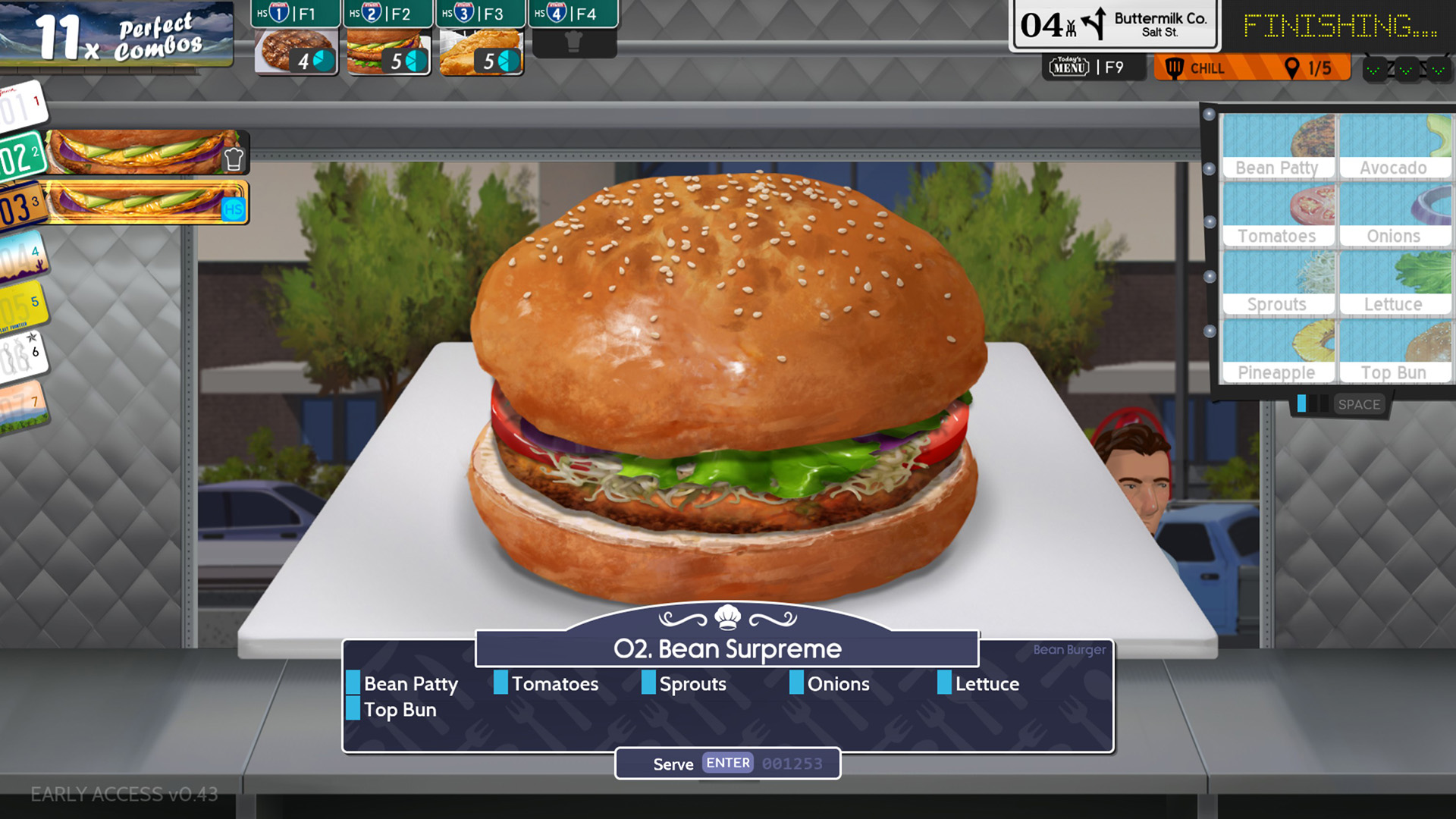

A large font was added to help the visibility of some of the smaller fonts in the game. Another asked if I could hide the insect and rodent images for some of the chores in the game, due to certain phobias. One request was to tone down the strobe effect of lights in the game (orders would rapidly flashlights indicating an order was done). While I added colorblind features at launch (in CSD2 you can change the highlight colors for two-player sessions) I didn’t have much else simply because I was unaware of the needs of some gamers. It opened my eyes in a big way, and I set out to add even more options to help others similarly affected with other elements in the game. As ridiculous as this might sound today, I had no idea that by making the game set for a specific audience I was excluding an entire group of people who, by no fault of their own, couldn’t enjoy my game. I was getting thank you emails and reviews from gamers with disabilities and those who couldn’t keep up with the action for adding a way for them to enjoy the game. What happened next completely surprised me. Still trying to find ways to implement new features for better reviews, I implemented Zen Mode into all 300+ levels. When I announced that the Zen feature was in, people got excited, only to be disappointed that it was only for one component of the game. In this mode, I added a Zen feature, along with a Stress option that threw the difficulty up to an almost impossible degree (perhaps because subconsciously I was a bit miffed at adding an easier mode in the first place). The other mode was the “CSD Restaurant” where you planned your own menu and played a day meeting certain milestone requirements, but was mainly a sandbox to try out new foods.

There are two modes of play in CSD 2: one is where you work as a chef in a restaurant, which was the main campaign with over 300 levels and allowed for bronze/silver/gold in each level. One of those requests was for an easier mode, almost like a free-form mode where a lot of the game elements were removed, such as customers leaving because you didn’t get to their order in time, removing rush hours, and so on. So, I turned to the community to get their feedback, implementing several features and improvements that I myself didn’t really consider or even wanted in the game at all- it was less about what I wanted, and more about what would drive the review average higher. It was rough, to say the least, and once I patched the game in a more stable condition, I wanted to get my Steam score average up from the 80% it was currently at. The initial launch of CSD 2 was rocky, as it landed with many features not ready or missing altogether. The “Dark Souls” of cooking, as many put it. There were complaints by some of it being too difficult, but the number of people responding to that criticism with “get better” and similar comments made me feel like I was right to push that difficulty as much as I did.

What helped is that the look of the game was inviting to casual players, with a simple interface and easy instructions, but when the rush hour hit (two moments during the day where customers come non-stop) it was frantic and difficult. I leaned into that difficulty in the descriptions and marketing, calling it the first “hardcore cooking simulator” and even adding an “extreme difficulty” in updates to the first game. The big hook I had for the first game, where you had to cook and serve orders to customers for the duration of a day as you built up your restaurant from zero to five stars, was that it was not quite as easy as it seemed.
COOK SERVE DELICIOUS EXTREME DIFFICULTY SERIES
Maker of indie games such as Cook, Serve, Delicious! 2!! and the Oil Blue, through his company Vertigo Gaming Inc., David Galindo joins us on the blog to talk about the topic of difficulty in games and how the CSD series strives to make difficult games for everyone!Ī key component of Cook, Serve, Delicious! and Cook, Serve, Delicious! 2!! is the difficulty.


 0 kommentar(er)
0 kommentar(er)
